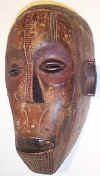 |
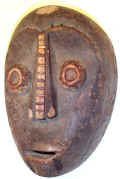 |
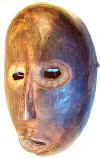 |
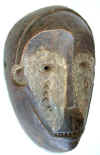 |
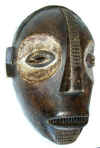 |
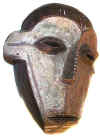 |
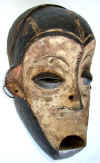 |
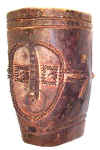 |
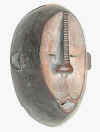 |
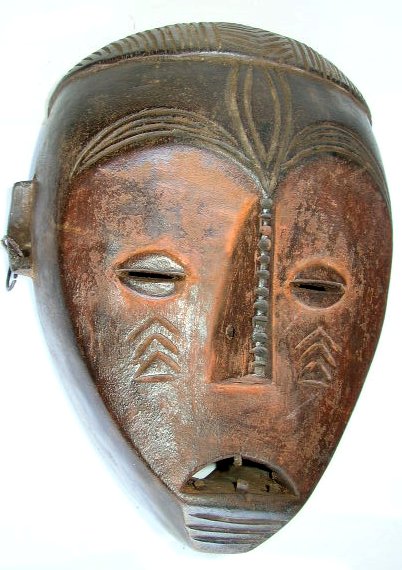 |
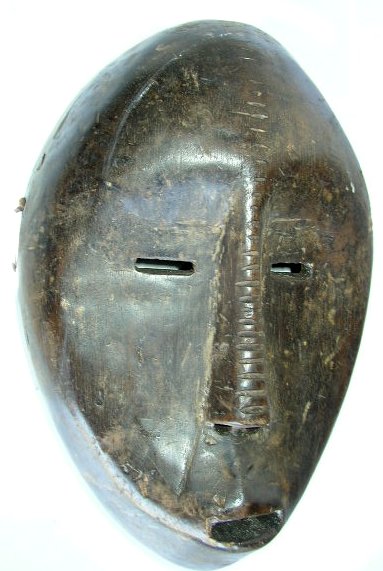 |
TRIBAL AFRICAN ART
NGBAKA (BOUAKA, BWAKA, GBAKA, MBAKA, NBAKA, NGBWAKA) Democratic Republic of the Congo, Central African Republic
Large slit drums are common, the end
of which depict buffaloes and antelopes. Artistic products include figures, masks, pipes,
necklaces, sticks, musical instruments, and zoomorphic statuettes used in the hunt.
Grooves striate the nose, forehead and the temples. The Ngbaka men used this kind of
scarification marks. Large figures and masks feature in the Ngbaka initiation
ceremonies. Ngbaka masks, known as dagara, are worn during and after ceremonies
associated with the gaza initiation and the circumcision of young men. They are
oval and often have a concave face with an elongated triangular nose with
scarification on the nose and forehead. Ngbaka figures are often found in pairs and can be
as tall as 40”. They are believed to represent their two primordial ancestors and are
placed on altars in houses where they fulfill a protective role. Small anthropomorphic or zoomorphic fetishes
covered in red pigment are believed to bring good fortune.
Ngbaka dignitaries smoked anthropomorphic pipes, often covered with copper wire, and cephalomorphic harps were carved to accompany singers.
The specific meaning and function of Ngbaka masks appears to vary depending on the group and its particular initiatory practice.